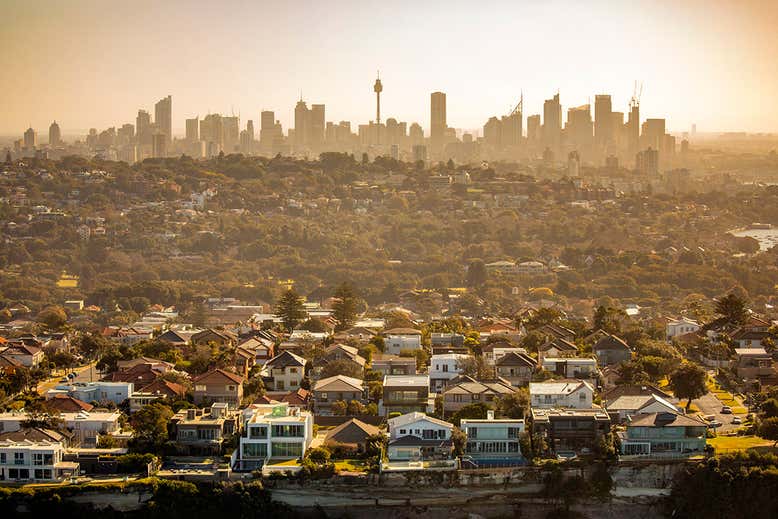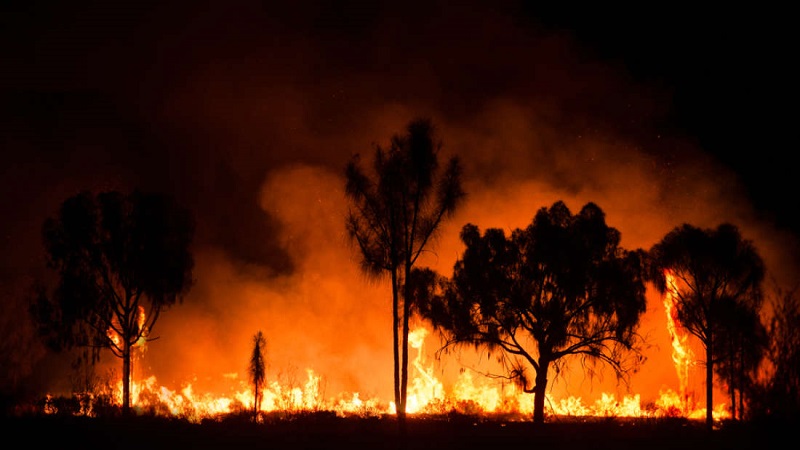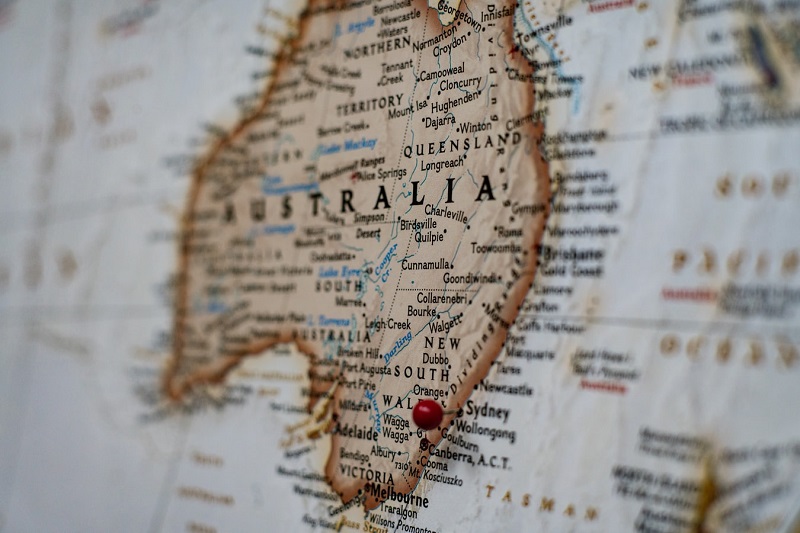2019 was the hottest, driest year in Australian history, according to the annual climate statement of the Bureau of Meteorology. The hot temperature has aggravated the ongoing wildfires, which are the worst on record.
Globally, 2019 was the second hottest in history, but in Australia, things went worse. Temperatures were 1.52ºC (2.74ºF) above the average, well above the previous hottest year (2013) at 1.33C.
In reality, the average maximum temperature during the day across Australia in 2019 was 30.7°C. It’s not only the highest since records began in 1910, but it’s also 2.1°C above the usual average. The hot temperatures were spread across the whole country.
Furthermore, the rainfall record was outside previous ranges, with the continent as a whole averaging 277 millimeters (10.9 inches). In spite of heavy early rains in northern regions, it means more than 10 percent below the previous record low.
The summer of 2018-2019 was the hottest record

As a matter of fact, the summer of 2018-19 was the hottest on record. Last spring also brought the worst bushfire weather since at least 1950, when the Forest Fire Danger Index data began.
Wednesday 18 December was Australia’s hottest day on record with an average maximum temperature of 41.9C (107.4F). It actually beat the previous record by 1C that had been set only a day earlier.
Of course, wildfires are caused by local conditions, but national averages have a strong impact as well. Head of Climate Monitoring Dr. Karl Braganza pointed out that the distribution of heat and rain worsen Australia’s situation.
“We saw the Australia-wide record hottest daily average maximum temperature broken multiple days in a row,” he said.
“At the same time, rainfall deficiencies across large parts of eastern Australia have continued to increase. Unfortunately, it exacerbates both drought conditions and the current bushfires.”
The extremes have been seen in lots of heatwaves

Dr. Sarah Perkins-Kirkpatrick is a climate scientist at the University of New South Wales, specialized in extreme temperatures. She said 2019 had started really hot, with the previous summer being the hottest on history.
“The extremes have been seen in lots of heatwaves and, of course, the bushfires, that are a consequence of the very hot and dry conditions. While natural climate cycles had pushed temperatures higher, climate change has given them a boost.
2019 would not have been pleasant anyway, but climate change has made it worse. We are focusing on the bushfires, but the underlying heat has been driving these conditions for much of the year.
Climate change isn’t the outright cause, but it’s an undeniable contributor to this extreme year on all accounts.”
Australia’s “greenie ideology”

The underlying trend to hotter conditions and dryer ones in southern Australia has been amplified by some events worldwide. First of all, you should know about an exceptional Indian Ocean Dipole and a Sudden Stratospheric Warming in Antarctica.
Not to say the Australian government simply refused to fund resources for fire services prior to the catastrophe. Media outlets that support climate denial also try to find other reasons for climate change.
The most widespread allegation suggests that fuel reduction burning has been reduced. Fuel reduction programs have been conducted at high rates, but the abnormally dry conditions made them too dangerous to attempt.
Some people suggest that the 1896 heatwave was greater. But they forget one important thing. Prior to 1910 many Australian weather stations used equipment that amplified temperatures in hot conditions.












































